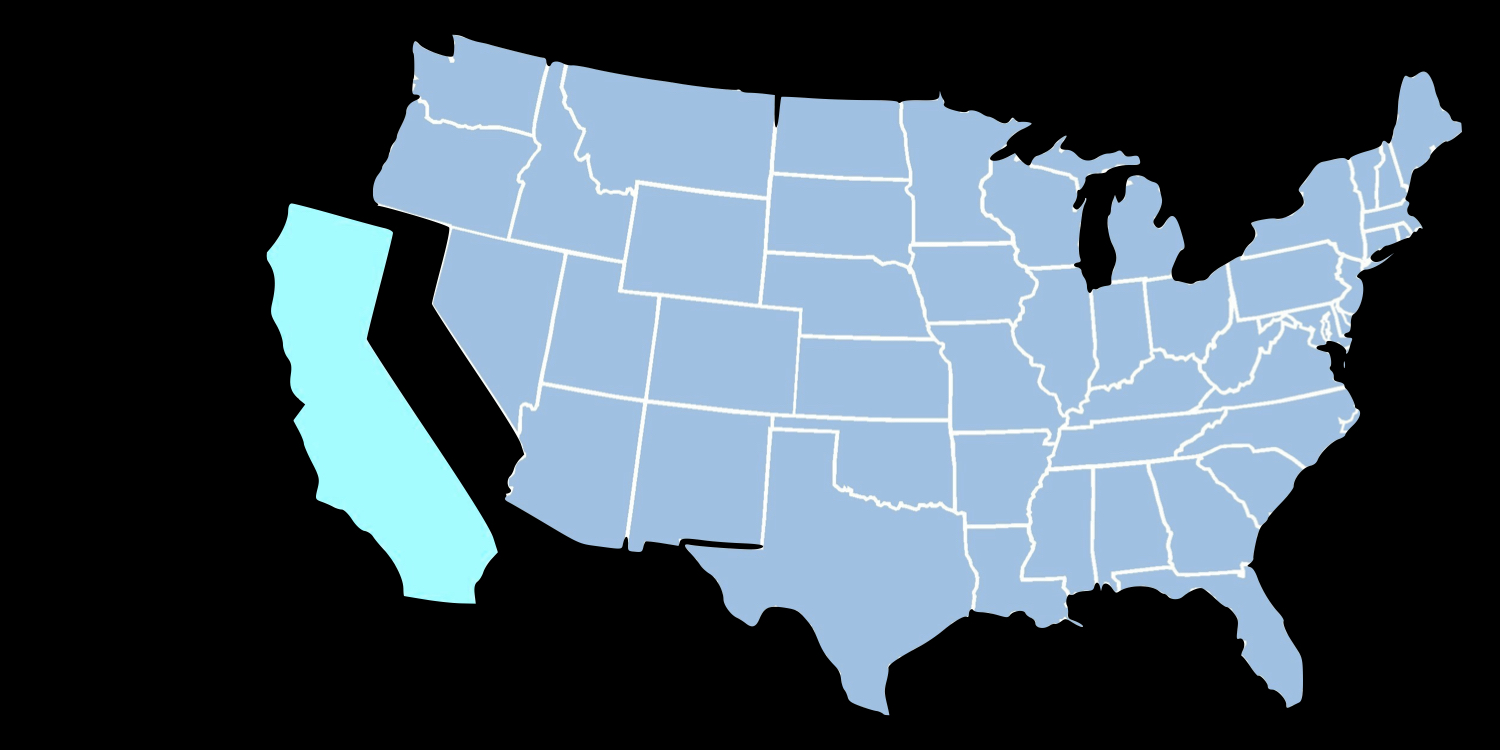Last week the Consumer Financial Protection Bureau (CFPB) issued a consent order against former HECM servicer Novad Management and Sutherland Global seeking millions in civil and monetary damages
Continue readingA Revolution in HECM Calculators
Lenderful Solutions has revolutionized the typical HECM calculator with its Point-of-Sale consumer interface. We interview Paul Lehnert to learn more about this powerful sales tool.
Continue readingA reverse mortgage, sell the house, or Medicaid?
A recent CFPB report examines compliance with Loan Officer Compensation and reverse mortgages are noted…
Continue readingThe CFPB examines LO comp & reverse mortgages
A recent CFPB report examines compliance with Loan Officer Compensation and reverse mortgages are noted…
Continue readingThe CFPB scrutinizes reverse mortgage direct mail ads
On August 9th the Consumer Financial Protection Bureau published it’s analysis of direct mail advertising of reverse mortgages.
Continue readingHurricane Ian traumatized Floridians & their home nestegg
Unable to use the embedded player? Listen here.
EPISODE #744
The CFPB wants to hear from you
The Consumer Financial Protection Bureau (Bureau or CFPB) is seeking comment from the public about (1) ways to facilitate mortgage refinances for consumers who would benefit from refinancing, especially consumers with smaller loan balances; and (2) ways to reduce risks for consumers who experience disruptions in their financial situation that could interfere with their ability to remain current on their mortgage payments. The press release refers to this solicitation as a Request for Information (RFI).
Other Stories:
-
Don’t Be Complacent During The “Critical Retirement Decision” Zone
-
Hurricane Ian traumatized Floridians. It also erased their nest egg
Podcast E648: Some Worried About a Revived CFPB
Unable to use the embedded player? Listen here.
Wallstreet isn’t the only one worried about a revived CFPB
“Banks should be prepared for more aggressive enforcement and an expansion of the CFPB’s authority through its rulemakings,” said Rachel Rodman, a former CFPB lawyer who now represents banks as a partner at Cadwalader, Wickersham & Taft LLP in Washington. She expects the agency to be “more likely to bring an enforcement action, pursue novel legal theories and more likely to demand higher penalties.”
.
Other Stories:
-
Biden has chosen our future Secretary of Housing and Urban Development
-
Here’s how a reverse mortgage can help high-net-worth clients
What you need to know about RM HMDA data
5 Take-aways from the CFPB’s recent HMDA report
The CFPB’s or Consumer Financial Protection Bureau’s most recent release of data from the 2019 Home Mortgage Disclosure Act or HMDA submissions is both enlightening and perplexing. If you’re unfamiliar with the Home Mortgage Disclosure Act it was created in 1975 to gather loan-level data from lending institutions to ensure lenders are serving the housing finance needs of their communities. Late last month the watchdog agency released its updated review including new data points that were captured in HMDA data collected in the calendar year 2019. With reverse mortgages being a niche of the larger mortgage market much of the data is focused on traditional mortgage lending. However, the reported reverse mortgage data provides insight into our market’s demographics, applicant’s financial health, and more. [read more]
Before we dive in keep these two things in mind as we proceed. First, the report counts applications, endorsements. Second, the data is reported for the 2019 calendar year. This makes any comparisons to the 2019 fiscal year data somewhat problematic. Second terminology: the mean value is the sum of a set of numbers divided by the number of numbers. For example, the mean value of 10 entries of numerical entries totaling 100 is ten. A median number is stuck in the middle of a long data set. Think of it as the middle value.
Let’s begin our review of the HMDA data with demographics. Nationally 74% percent of all reported reverse mortgage applications were for non-Hispanic white applicants, 7.2% for black applicants, 4.4% for Hispanic whites, 1.7% for Asians, and approximately 10% were missing an ethnicity on the application or listed ‘other’. Of course, the distribution of different races differs widely based on location.
Net, some have long argued that reverse mortgages are a loan of last resort for the house-rich and cash-poor. HMDA data would appear to conflict with such an assumption showing 37% of all reverse mortgages are originated in high-income neighborhoods. Middle-income neighborhoods account for 44% of all applications, while low or moderate areas only account for 18.7% of all reverse mortgage loan activity. With 80% of reverse mortgage applications coming from middle & higher-income neighborhoods, perhaps it’s time to put the ‘loan of last resort’ myth to rest.
However, we cannot overlook the remarkable difference in the median or middle incomes of a traditional HELOC and reverse mortgage applicants. For example, the median income of HELOC applicants is $107,000 versus a modest $28,000 for reverse mortgage applicants. The report adds “which are the lowest among borrowers of all enhanced loan types, perhaps reflecting the unique design of reverse mortgages to help income-constrained seniors convert home equity into cash income”. The percentage of reverse mortgages that are fixed versus adjustable is somewhat skewed when compared to recent CFPB reports on reverse mortgage lending. The report states that 2019 data shows 48% of all reverse mortgages were fixed-rate loans. Contrast that with HUD’s 2019 report to Congress on FHA’s insurance fund which reveals 94% of all endorsements were adjustable-rate HECM loans. This disparity would seem to indicate either reporting errors or challenges in how the data is submitted.
And while the financial assessment has been worrisome for some originators the average or mean credit score of 749 would seem to indicate most reverse applicants have a strong history of on-time payments and few delinquent accounts. But there’s one big caveat…of the 32,000 plus reported loans, only 2,100 reported a credit score in the HMDA data. A small sample size representing 6% of all applications. More complete data would be quite illuminating.
Next are interest rates. Critics continue to decry reverse mortgage loans as exorbitantly expensive, however, the median interest rate charged in 2019 was 4.48%. As the reported median traditional Home Equity Line of Credit loan interest rate is 5.34% a Home Equity Conversion Mortgage’s line of credit is a legitimate competitor to HELOCs, if not a better choice when payment terms are considered.
In conclusion, how can you benefit from this data? Perhaps you’re edified being more informed of the unique borrower profiles, incomes, and loan types being chosen in the marketplace today. All of the information you put into a 1003 uniform residential loan application goes far far beyond your processor and underwriters. What are your thoughts on this data? Leave your thoughts in the comment section below.
[/read]
Podcast E632: California plans to create its own CFPB
Unable to use the embedded player? Listen here.
Show Summary
Outside of lacking its own standing army, some argue that California is acting as an independent nation-state- that in the wake of several state mandates, some which directly contradict federal regulations. Well, the Golden State may be creating its own version of a federal consumer watchdog agency.
Other Stories:
-
A ‘Villager’ in the planned senior community ‘The Villages’ pleaded for help with an eyesore home on her street with a reverse mortgage.
- HUD’s Office of the Inspector General releases publication warning seniors of reverse mortgage schemes
Politics, Gridlock & CFPB Enforcement
Political gridlock, proposed changes & CFPB finding on HECM APRs
We’re in the full swing of the political season as the 2020 presidential race is underway. In a recent LGBTQ Town Hall hosted by CNN on October 10th, former HUD Secretary Julian Castro called out the agency’s head Ben Carson for his remarks during an internal meeting while visiting HUD’s San Francisco office.
The Washington Post reported in September “Carson also lamented that society no longer seemed to know the difference between men and women, two of the agency staffers said”. During the LGBTQ Town Hall candidate, Castro said, “The comments that Secretary Carson, my successor, made a couple of weeks ago are shameful. When you’re housing secretary, you’re there to serve everybody. And his comments made clear that he’s not able to serve everybody”. A HUD spokesperson denied the use of any derogatory language. It’s reported that Carson plans to leave HUD after the 2020 presidential election to return to the private sector should Trump be reelected.
And in other news, distraction and gridlock in the nation’s capital may be a good thing- at least when it comes to proposed additional changes to the federally-insured reverse mortgage. Two changes that remain unsettled are the return to geographic or county lending limits instead of the current national lending limit, and the removal of the HECM from FHA’s Mutual Mortgage Insurance Fund. Both reforms were promoted in the Trump Administration’s Housing Finance Reform plan released earlier this year in March.
In his prepared written statement for last month’s hearing on the HECM NRMLA President & CEO Peter Bell wrote, “Area-by-area’ loan limits penalize homeowners who have improved and maintained their homes over the years and have accumulated more equity as a result of higher home values. Applying the forward mortgage concept of ‘area limits’ to a financial resource (HECMs) created for a completely different population at a completely different time of their life would be ill-advised”.















